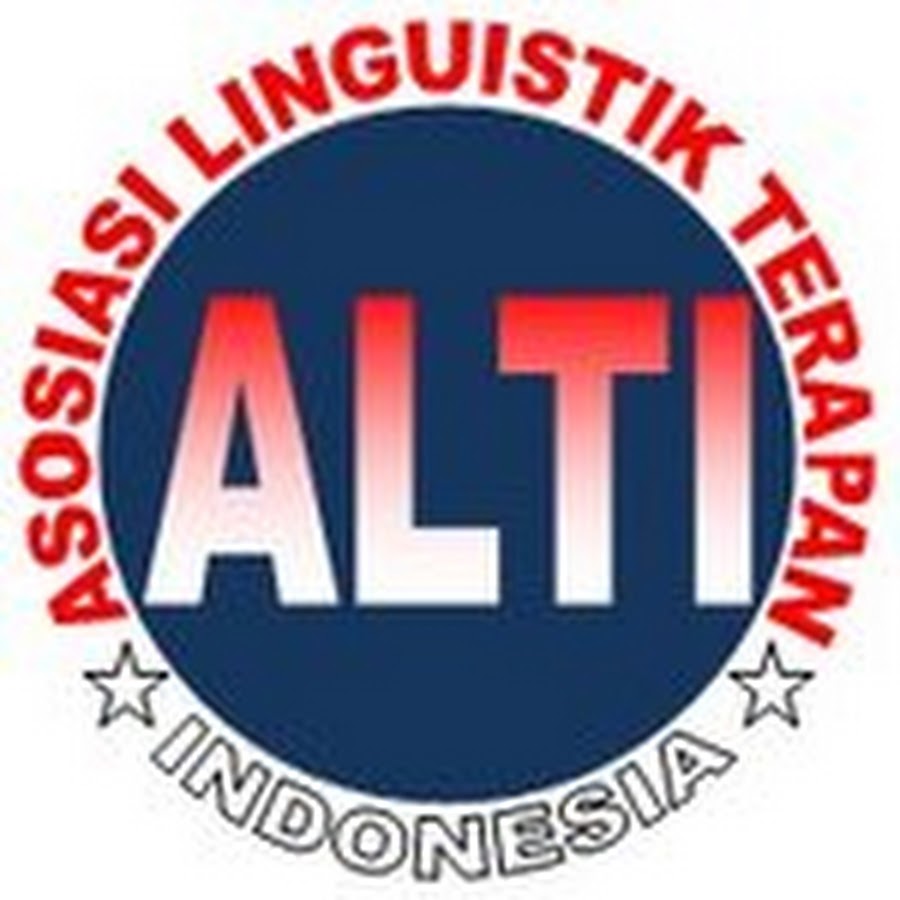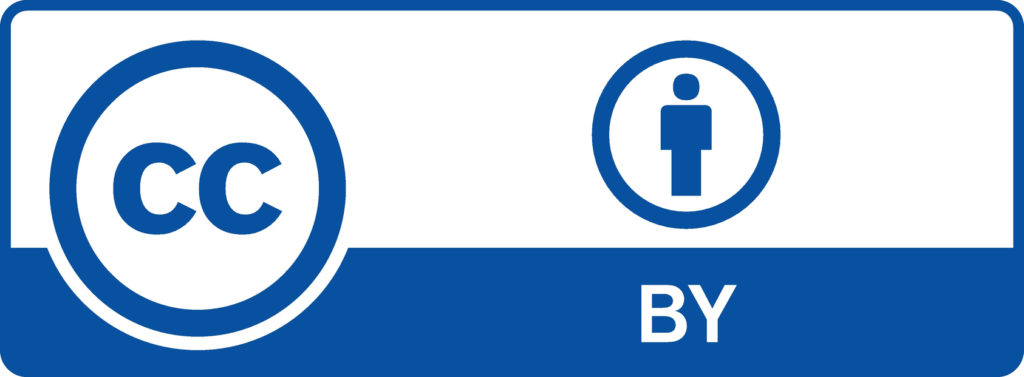Teaching the English language Arts with technology
A Critical Approach
DOI:
https://doi.org/10.33096/tamaddun.v18i1.22Keywords:
Teaching, Language Arts and TechnologyAbstract
Abstract
In order to cultivate the kind of technology literacy in our students called for by leaders in the field, it must simultaneously be cultivated in our teachers. While the literature in the field of English education demonstrates the efficacy of computer technology in writing instruction and addresses its impact on the evolving definition of literacy in the 21st century, it does not provide measured directions for how English teachers might develop technology literacy themselves or specific plans for how they might begin to critically assess the potential that technology might hold for them in enhancing instruction. This article presents a pedagogical framework encompassing the necessary critical mindset in which teachers of the English language arts can begin to conceive their own "best practices" with technology—a framework that is based upon their needs, goals, students, and classrooms, rather than the external pressure to fit random and often decontextualized technology applications into an already complex and full curriculum. To maximize technology's benefits, educators must develop a heightened, critical view of technology to determine its potential for the classroom.
References
Alliance for Childhood. (2001). Fools gold: A critical look at computers in childhood. College Park, MD: Alliance for Childhood. Retrieved March 31, 2004, from http://www.allianceforchildhood.net/projects/computers/computers_reports.htm
Andrews, L. (1998). Language exploration and awareness: A resource book for teachers (Rev. ed.). Mahwah, NJ: Lawrence Erlbaum Associates, Publishers.
Ansell, S. E., & Park, J. (2003). Tracking tech trends. Education Week, 22(35), 43-44, 48.
Atwell, N. (1998). In the middle: New understandings about writing, reading, and learning (2nd ed.). Portsmouth, NH: Heinemann. Contemporary Issues in Technology and Teacher Education, 4(1)17.
Bangert-Drowns, R. L., & Pyke, C. (1999). Technology in the schools: Can we make it work? Albany, NY: The National Research Center on English Learning and Achievement (CELA). Retrieved March 31, 2004, from http://cela.albany.edu/newslet/winter99/bbdtext.html
Barton, E. (1993, September). Computers and literacy: Access and equity. Support for the Learning and Teaching of English (SLATE) Starter Sheet. Urbana, IL: National Council of Teachers of English.
Berger, A. A. (2002). Video games: A popular cultural phenomenon. New Brunswick, NJ: Transaction Publishers.
Berthoff, A. (1978). Forming/thinking/writing: The composing imagination. Rochelle Park: Hayden.
Berthoff, A. (1981). The making of meaning: Metaphors, models, and maxim.
Downloads
Published
Issue
Section
License
Authors who publish with Tamaddun journal agree to the following terms:
1. Authors retain the copyright and grant Tamaddun the right of first publication. The work will be licensed under a Creative Commons Attribution License (CC BY 4.0), which permits others to share the work with proper acknowledgment of the authorship and initial publication in this journal.
2. Authors may enter into additional non-exclusive agreements for the distribution of the published version of their work (e.g., posting it to an institutional repository or including it in a book), provided that the initial publication in this journal is acknowledged.
3. Authors are encouraged to post their work online (e.g., in institutional repositories or on their personal websites) before and during the submission process. This can lead to productive exchanges and increase the visibility and citation of the published work.






